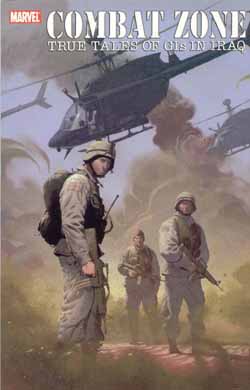 Â
Â
By Karl Zinsmeister, Dan Jurgens & Sandu Florea (Marvel Comics)
ISBN 0785115161
It’s always good to see Marvel venture outside its self-constructed ghetto of Proprietary Characters, rather than endlessly re-hash the names it’s already trademarked, and doubly so when it is to venture into genres that it has previously abandoned. Sadly, in some cases the question then becomes one of seeking new markets as opposed to simply looking for new resources to exploit. Comics have had a long and chequered history when it comes to militarism, ideological witch-hunting and band-wagon hopping.
Combat Zone features the “real-life accounts†of US combatants in the 2003-2004 Iraq War, although “some incidents have been combined to make for a more condensed readâ€, and of course names have been changed to protect, etc. etc. …
Writer Zinsmeister was an embedded reporter during the conflict so I’m sure the events are as true as he saw them but the overall feeling after reading the book was one of tedious detachment. Maybe the modern military life is one of immense boredom, spent talking to buddies and telling everyone how cool your ordnance is, interlaced with the occasional skirmish, but if such is the case it shouldn’t be in a drama-oriented comic-book.
It’s hard not to compare this series with the excellent Real War Stories produced in the late 1980s by Eclipse or even such personal visions as Sam Glanzman’s A Sailor’s Story or Don Lomax’s gruelling, compelling and, above all, informative Viet Nam Journal, perhaps because all of these take the part, and the authorial voice, of the ordinary man, and there is an implicit understanding, that though necessary, the job at hand is neither easy or fun. Even Robert Kanigher’s Sgt. Rock tales had greater verisimilitude than what’s on offer here.
In Combat Zone even when a character eventually dies, the response is so anodyne that we know nobody really cares. There is more than the hint of the Press Release about it. Often it feels like the entire comic has passed through the same Pentagon ‘fact-checker’ that news reports do. A far cry, then, from Real War Stories #1, which the US government actually attempted to suppress.
On a purely dramatic level, the problem is one of heroic stature. When two desperate guys give their lives in a dramatic, doomed attempt to stop an onslaught of high-tech juggernauts from crushing their homeland, with nothing more than an old pick-up truck and a machine gun, those ought to be the heroes, not the bad guys!
There’s nothing but platitudes in each character’s mouth here to show the reader how justified the war might be, and no mention of the disastrous early days of allied blunders or numerous friendly fire incidents. ‘Those didn’t happen where I might see them’ is not an excuse in a documentary which has been subjectively edited “to make for a more condensed readâ€. You don’t get to pick and choose between Dramatic Authenticity and Journalistic Veracity at will, and not expect a few hits for it.
With lacklustre art masquerading as realism from comic super-star Dan Jurgens adding to the overall dullness of the mix (is it me or are all US soldiers darned good looking fellers?) the overall response to this is one of disappointment. It felt as if the neither the creators nor the characters were in the least bit emotionally engaged. I certainly wasn’t.
© 2005 Marvel Characters Inc. All Rights Reserved.


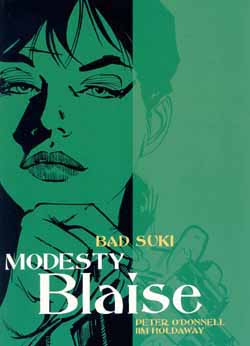 Â
 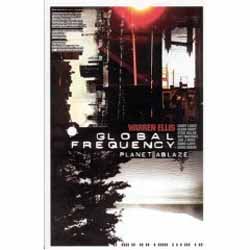 Â
  Â
 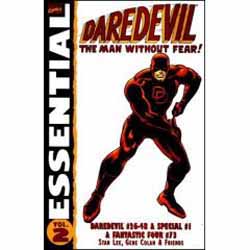 Â
  Â
 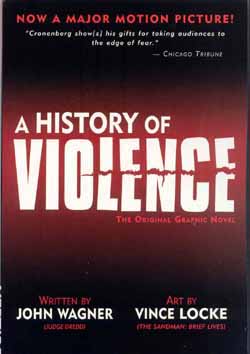 Â
 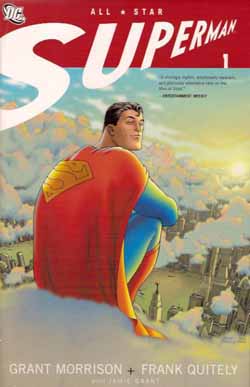 Â
 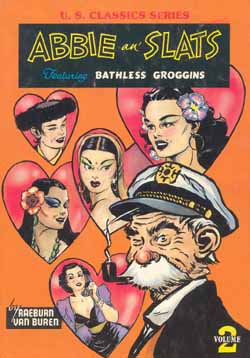 Â
 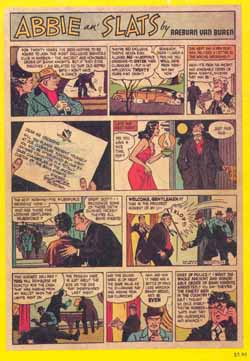
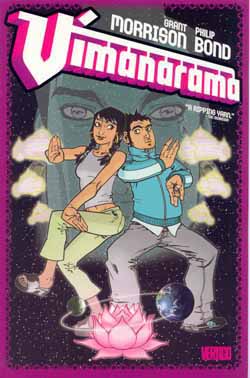 Â
Â